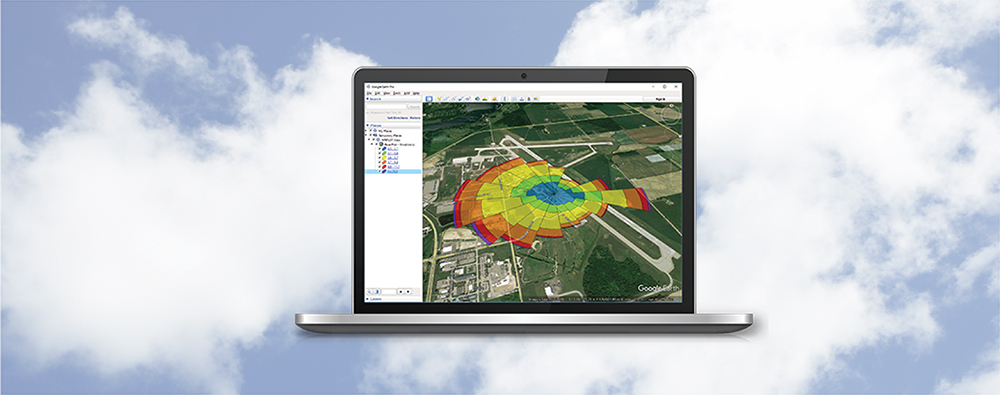Earlier this month, the U.S. EPA hosted the 13th Conference on Air Quality Modeling at their offices in Research Triangle Park, North Carolina. This month’s Modeling Tip takes a closer look at why this Conference is held and what gets accomplished.
The Clean Air Act (CAA) is the comprehensive federal law that regulates air emissions from stationary and mobile sources. Section 320 of the CAA requires the EPA to “conduct a conference on air quality modeling…at least every three years”. The conference provides officials the opportunity to discuss the state of science in air quality modeling and ensures that modeling procedures are standardized to ease the burden on both regulatory and regulated members of the modeling community.
The first Conference on Air Quality Modeling was held in 1977, and archives of some previous Conferences are available on the U.S. EPA website.
This year’s Conference focused on formulation updates to the AERMOD air dispersion modeling system and served as the formal public hearing for proposed revisions to the Guideline on Air Quality Models (40 CFR Part 51, Appendix W). Members of EPA’s Air Quality Modeling Group presented technical information about the scientific updates proposed for inclusion as regulatory options that can be employed in modeling projects to support air quality permitting activities. Members of the public provided their comments on these additions.
At the conclusion of the Conference, the EPA published all presentations that were given during the proceedings. These can be found on the Final Agenda published to the Conference website. Full audio recordings and transcripts will be published to the website once they are completed.


